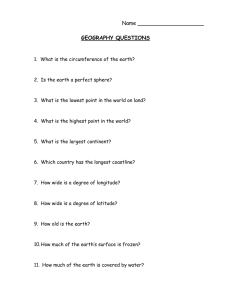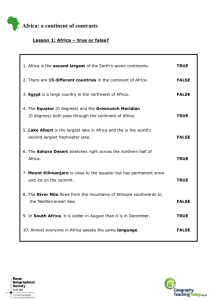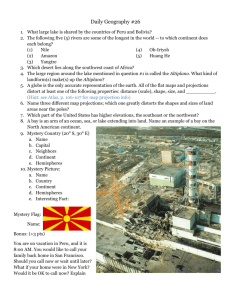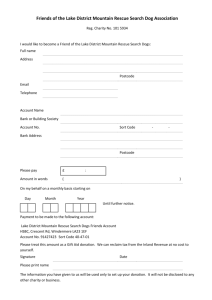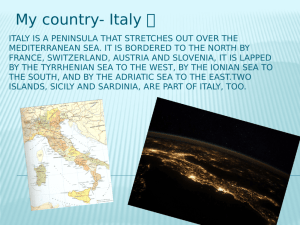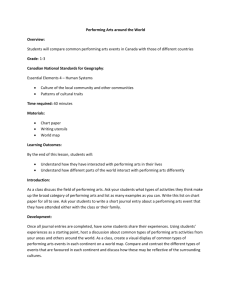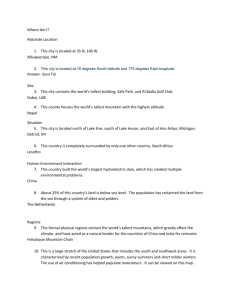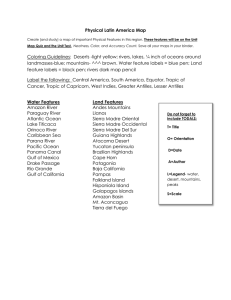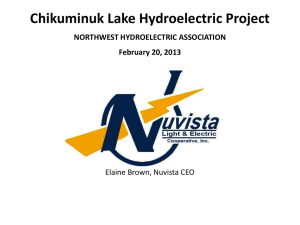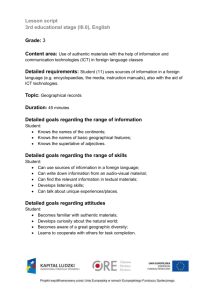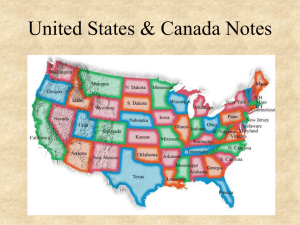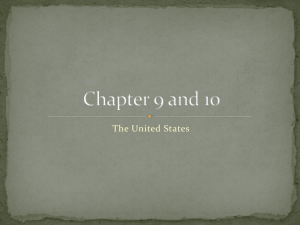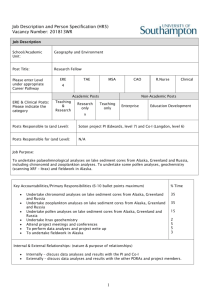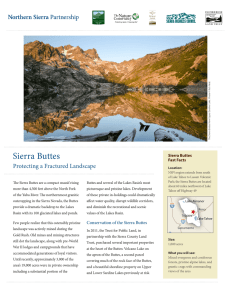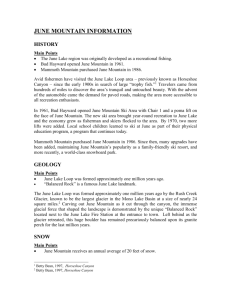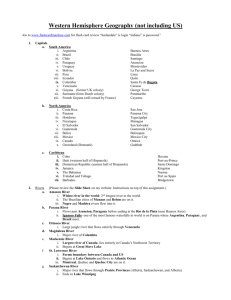Our Place
advertisement
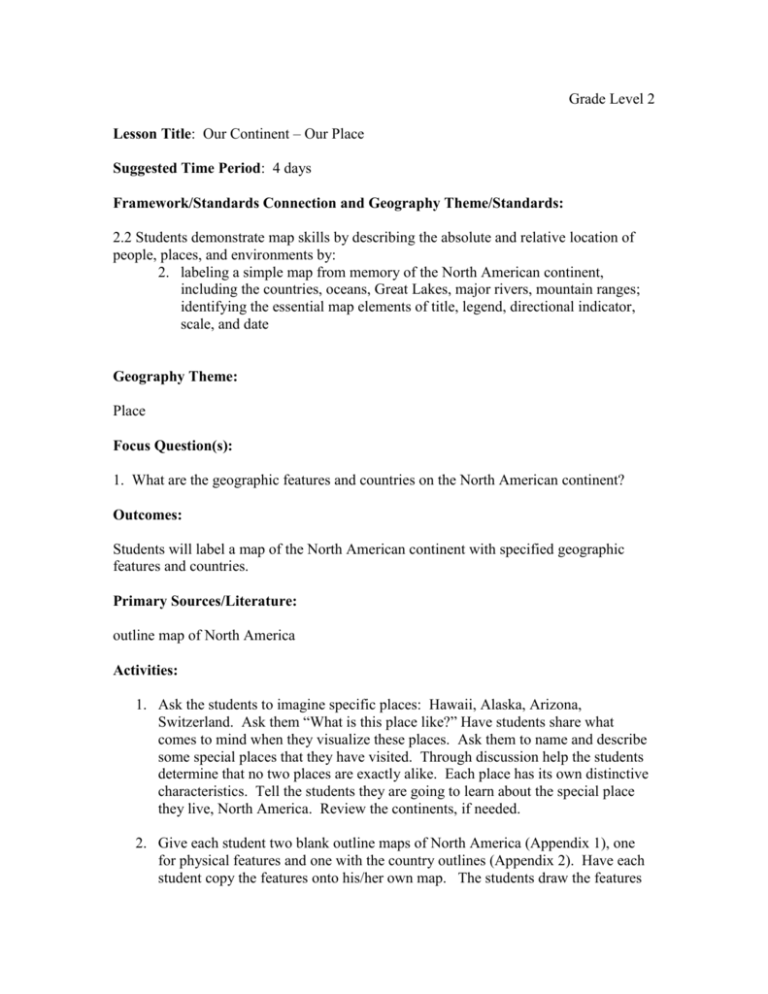
Grade Level 2 Lesson Title: Our Continent – Our Place Suggested Time Period: 4 days Framework/Standards Connection and Geography Theme/Standards: 2.2 Students demonstrate map skills by describing the absolute and relative location of people, places, and environments by: 2. labeling a simple map from memory of the North American continent, including the countries, oceans, Great Lakes, major rivers, mountain ranges; identifying the essential map elements of title, legend, directional indicator, scale, and date Geography Theme: Place Focus Question(s): 1. What are the geographic features and countries on the North American continent? Outcomes: Students will label a map of the North American continent with specified geographic features and countries. Primary Sources/Literature: outline map of North America Activities: 1. Ask the students to imagine specific places: Hawaii, Alaska, Arizona, Switzerland. Ask them “What is this place like?” Have students share what comes to mind when they visualize these places. Ask them to name and describe some special places that they have visited. Through discussion help the students determine that no two places are exactly alike. Each place has its own distinctive characteristics. Tell the students they are going to learn about the special place they live, North America. Review the continents, if needed. 2. Give each student two blank outline maps of North America (Appendix 1), one for physical features and one with the country outlines (Appendix 2). Have each student copy the features onto his/her own map. The students draw the features after the teacher has modeled how and where on an overhead map. It is better to have the students draw, locate and label the places themselves because the processes of writing and looking several times at the shapes and positions makes the map more likely to go into long term memory. The legend can be constructed along with the labeling. The following features are recommended to locate: Water Features Pacific Ocean, Atlantic Ocean, Arctic Ocean, Hudson Bay, Gulf of Mexico, Caribbean Sea, Colorado River, St. Lawrence River, Mississippi River, Missouri River, Ohio River, The Great Lakes: Lake Superior, Lake Michigan, Lake Huron, Lake Erie, Lake Ontario. Mountain Features Sierra Nevada, Appalachian Mountains, Rocky Mountains, Sierra Madre Other Physical Features Islands: Greenland, Cuba Island chains: Caribbean Islands Peninsulas: Baja California, Alaska, Florida The Great Plains Isthmus: Panama 3. On a blank outline map of North America which shows country boundaries, have students locate and label: United States of America, Canada, Mexico, Central America: Guatemala, Belize, El Salvador, Honduras, Nicaragua, Costa Rica, Panama. 4. Place the two teacher model overhead maps of the physical features and country outlines on top of each other on the overhead. Point out how the Rocky Mountain chain extends north-south all the way from Alaska and northern Canada, through the Mexican Sierra Madre ranges, to the volcanic backbone of Central America. Tell how the people who live in these Mexican and Central American mountains experience earthquakes similar to those we have in California. Independent Work: Students may make a salt-flour map of North America showing its primary physical features. Assessment: Students label from memory a blank map of North America, including the countries, oceans, Great Lakes, major rivers, mountain ranges. Students create on the map the essential map elements of a title, legend, compass rose, and date. Bibliography: Renfrew, Dr. Melanie and Dr. Priscilla Porter, Standard 2: Expanding Map Skills From Neighborhood to the World. Carson, Calif. 1998
